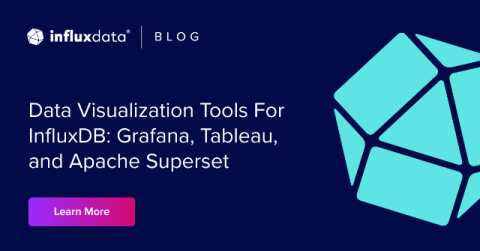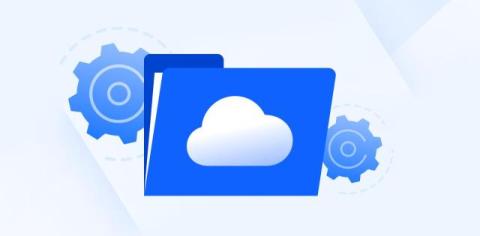Broadcom Introduces ValueOps® Insights to Eliminate Information Silos to Measure and Improve Value Stream Performance
Unified view of your value stream that empowers decision-makers with real-time, actionable insights to ensure cross-functional alignment with goals.










